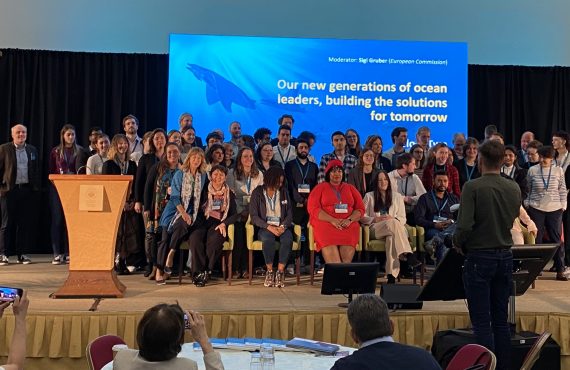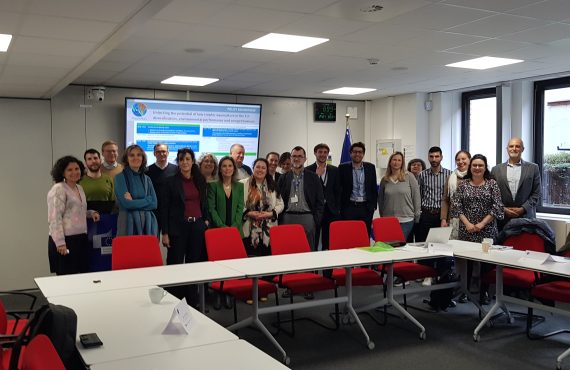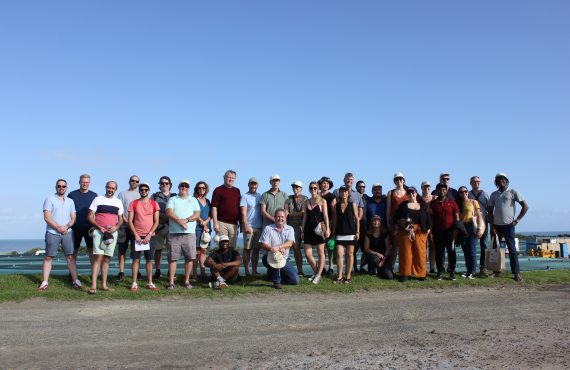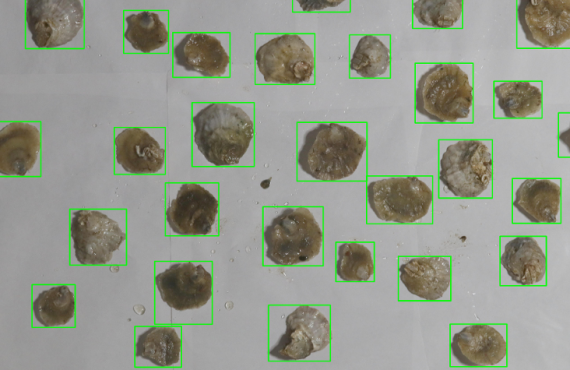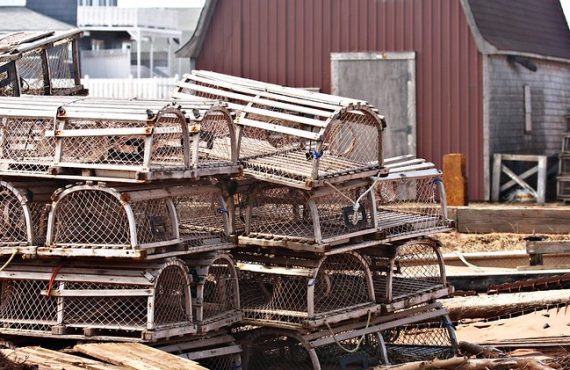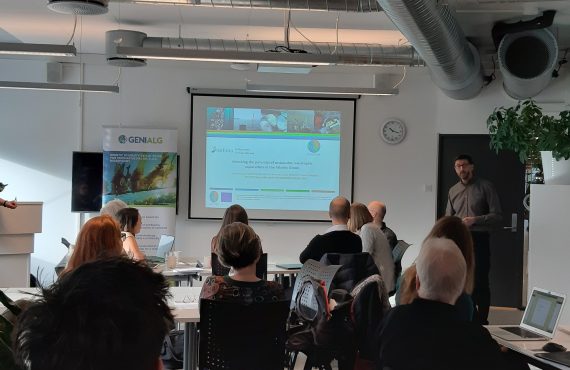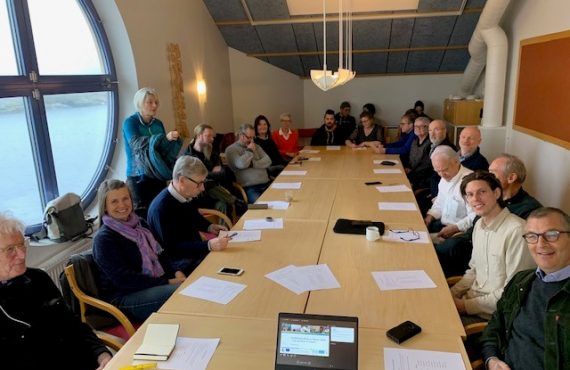Habitat surveys with Connemara Shellfish Co-Op at Cill Ciaran Bay Co. Galway, Ireland. Photo by Colin Hannon.
Author: Colin Hannon, Leader of the work on Hatchery and Seedling Production in AquaVitae. GMIT – Ireland
The Irish West Coast offers wildness, remoteness and clean waters. Conditions that are fit for purpose when we are nursing fish and seafood. There, the Galway-Mayo Institute of Technology (GMIT) and Cartron Point Shellfish Ltd are situated at opposite sides of Galway Bay in Ireland. Cartron Point Shellfish Ltd is a partner in the AquaVitae project, and the owner and manager Iarfhlaith Connellan has extensive experience in commercial aquaculture production and research of low-trophic species. Cartron Point Shellfish has welcomed many of GMIT’s staff and students to his farm and has been a crucial part of students’ research for many years
The first step: the hatchery
The start of the aquaculture value chain begins in the hatchery, and the hatchery work we are undertaking is primarily looking at the development of robust methods of production of a wide range of low trophic species, from algae to sea cucumbers. Also, those that are the focus of this newsletter issue, the native European oyster Ostrea edulis and the blue mussel Mytilus edulis. We, GMIT and Cartron Point Shellfish, are looking at different approaches to solve industry barriers: for juvenile oyster production we are using the method of pond production, whereas for mussels we are carrying out our work in the hatchery.
The hatchery production of both oysters and mussels are of interest to producers on both sides of the Atlantic and the development of techniques that are transferable at an industry level are key to the success and industry uptake of this work. Low settlement rates for oysters and mussels is a significant industry barrier to the advancement of the industry and the AquaVitae project is looking to solve this issue through the development of industry lead techniques.
Oyster seed production
GMIT and Cartron Point Shellfish in Ireland have developed and identified the key barriers to pond production of the native flat oyster Ostrea edulis which is a key part to the case study on oysters, run by Swedish Environmental Research Institute (IVL) (Sweden). Last summer and autumn ten land-based ponds, each containing 1 million litres, were monitored for the amount of larvae and settled juveniles. This activity is currently been completed by partners.
Mussels seed production
The over reliance of wild settlement of blue mussels can be extremely variable. Some producers are unable to attain settlement in some production years, which in turn may impact employment and the survival of some enterprises. A part of the case study on mussels, GMIT and Cartron Point Shellfish are developing hatchery production techniques for blue mussels. As part of this task, the partners will develop a method of transferring the settled juveniles from the hatchery to the on-growing site at sea.
As part of this task DTU-Aqua sent their hatchery manager for a short-term mission to Ireland for a intensive workshop on the hatchery production of blue mussels. This has aided international collaboration and transnational transfer of knowledge between the Danish and Irish aquaculture sectors.
Blue Mussel larvae (D larvae) at Cartron Point Shellfish. Photo by Colin Hannon.









